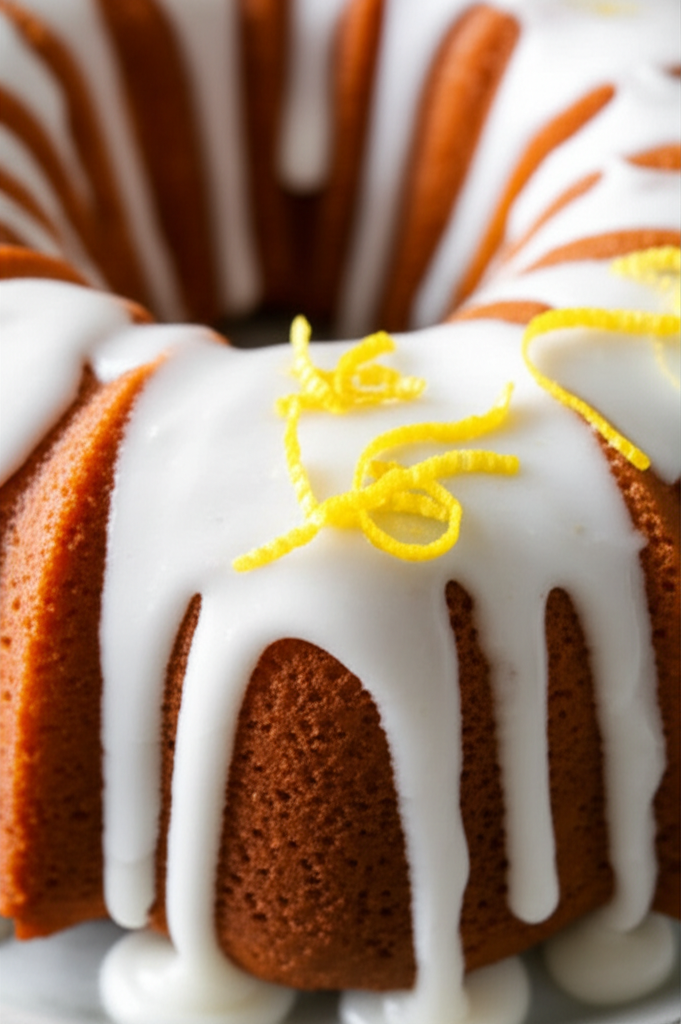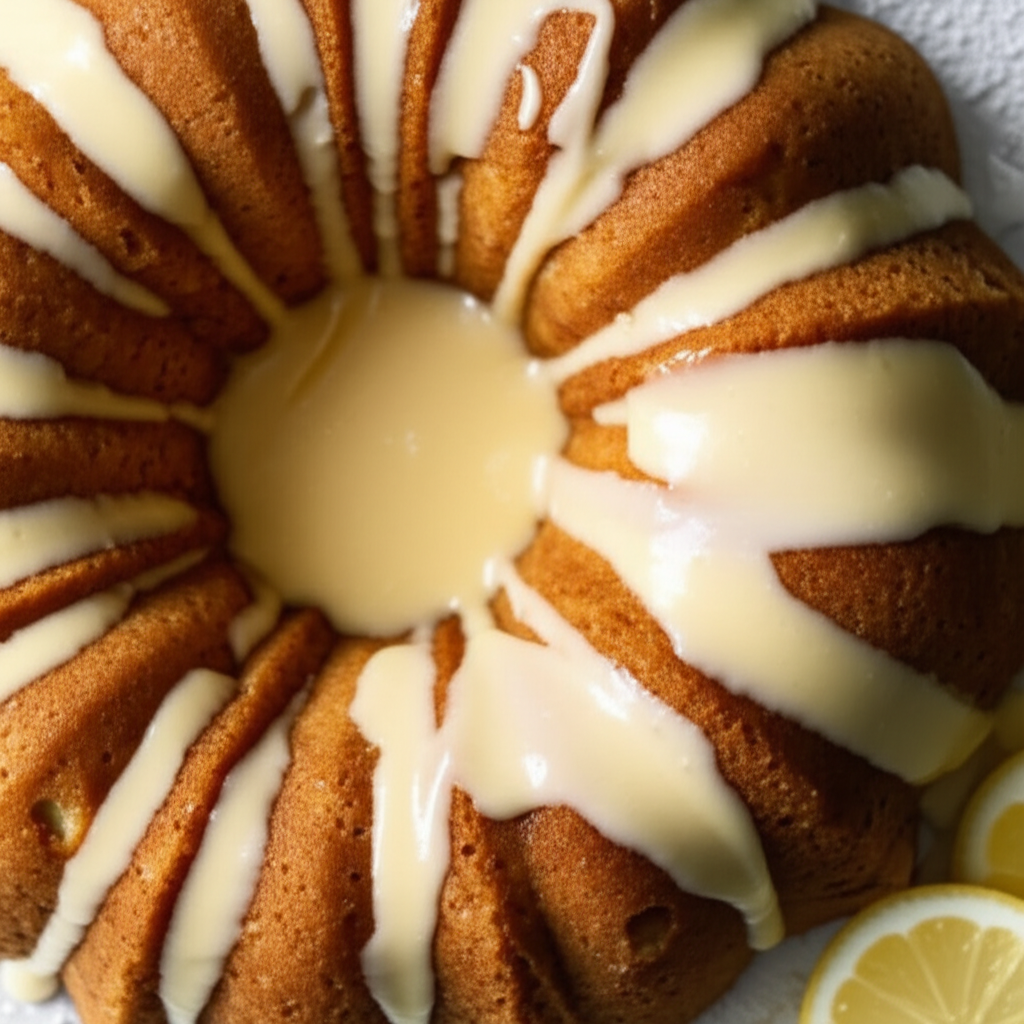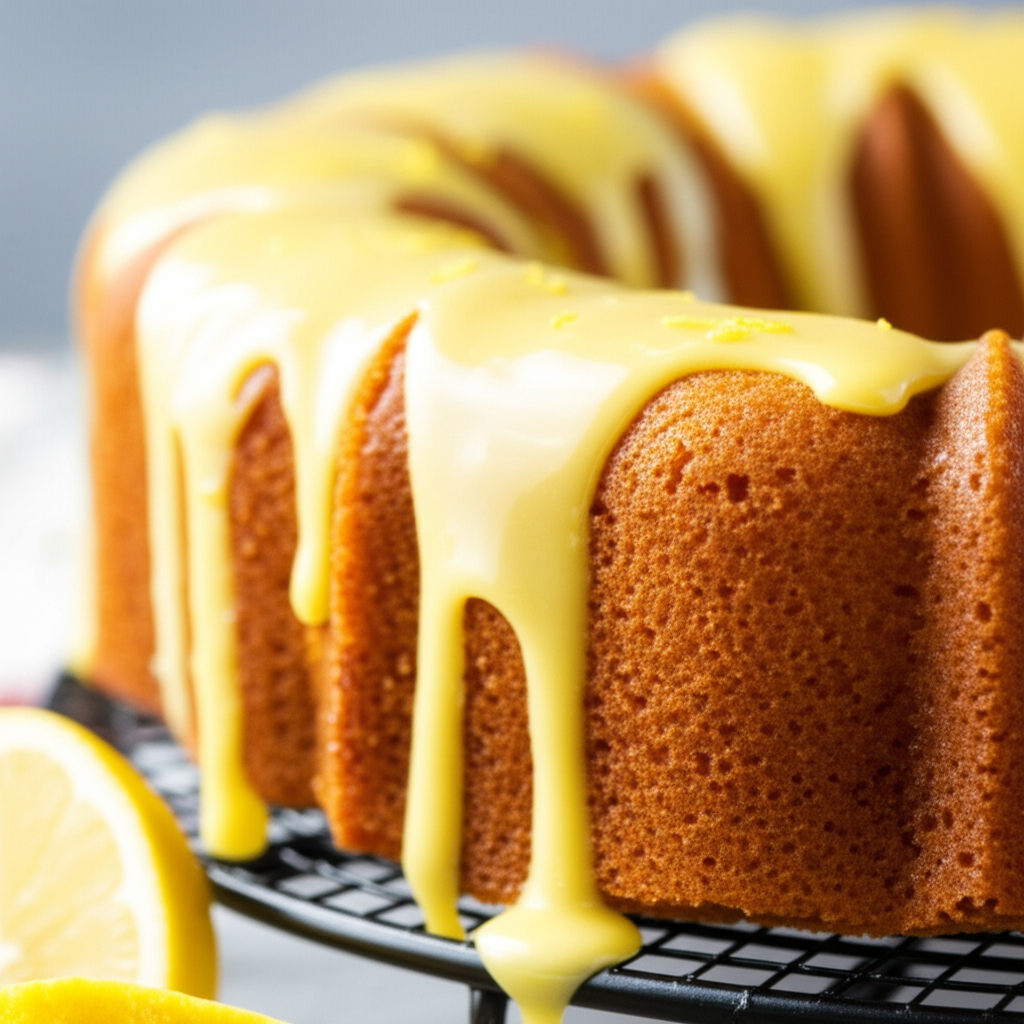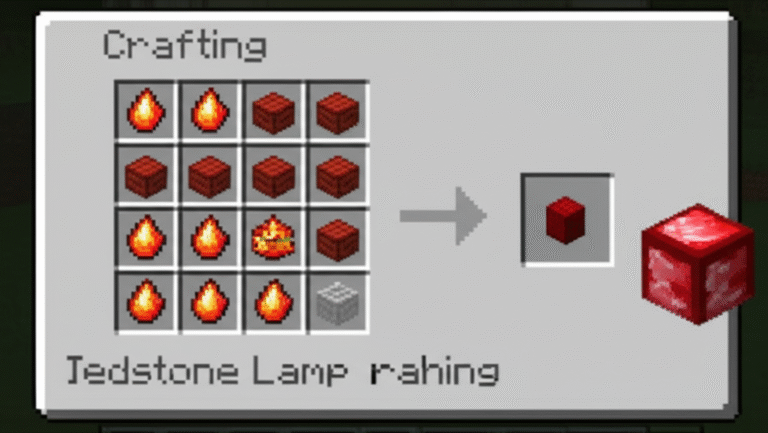lemon glaze recipe
Lemon Glaze Recipe: The Ultimate Guide
Quick Answer

Lemon glaze recipe success hinges on balancing sweetness and tang. A simple lemon glaze typically combines powdered sugar (entity) with lemon juice (entity) and a touch of milk or water for consistency (attribute). The ratio of sugar to lemon juice (attribute) determines the glaze’s thickness and tartness. Adjust to your preference, aiming for a smooth, pourable texture.
Main Body

Understanding the Deliciousness of Lemon Glaze
Lemon glaze, a versatile topping, enhances the flavor of cakes, cookies, and other baked goods. Its bright, citrusy notes cut through sweetness, adding a refreshing dimension. From a simple glaze drizzled over a pound cake to a more complex version incorporating zest or extracts, the possibilities are endless.
Benefits of Making Homemade Lemon Glaze
Making lemon glaze from scratch offers several advantages. You control the ingredients (entity), ensuring freshness and avoiding preservatives (attribute). This allows for customization (attribute), tailoring the sweetness and tartness (attributes) to your liking. Homemade glaze also tends to have a brighter, more vibrant lemon flavor compared to pre-made options.
Lemon Glaze Recipe: A Step-by-Step Guide
This recipe provides a foundation for a classic lemon glaze. Feel free to adjust the ingredients to your liking.
1. Gather Your Ingredients: You’ll need powdered sugar (entity), fresh lemon juice (entity), and milk or water (entity). Having a whisk and a small bowl (entities) will also be helpful.
2. Combine Dry Ingredients: In the bowl, sift the powdered sugar (entity) to remove any lumps, ensuring a smooth glaze. Start with 1 cup of powdered sugar.
3. Add Lemon Juice: Gradually whisk in fresh lemon juice (entity), starting with 1 tablespoon. Add more juice, 1/2 teaspoon at a time (attribute), until you reach your desired consistency (attribute) and tartness (attribute).
4. Adjust Consistency: If the glaze is too thick, add milk or water (entities), a few drops at a time, until it reaches a pourable consistency. If it’s too thin, add more powdered sugar.
5. Taste and Adjust: Taste the glaze and adjust the lemon juice or sugar as needed to achieve your perfect balance.
6. Glaze Your Treats: While your baked goods are still slightly warm, drizzle the glaze over them, allowing it to set.
Best Practices for Lemon Glaze Perfection
Use Freshly Squeezed Lemon Juice: Freshly squeezed lemon juice offers the best flavor (attribute) and brightest aroma (attribute). Bottled lemon juice can sometimes have a slightly bitter aftertaste.
Sift Your Powdered Sugar: Sifting removes lumps (attribute), resulting in a smoother, more visually appealing glaze.
Adjust to Your Taste: The ratio of lemon juice to sugar (attribute) is crucial. Experiment to find what suits your palate best.
Don’t Overmix: Overmixing can incorporate too much air, leading to a cloudy glaze.
Glaze While Warm: Glazing while your baked goods are still slightly warm allows the glaze to adhere better and creates a beautiful, even coating.
Common Pitfalls & Fixes
Glaze Too Thick: Add a few drops of milk or water to thin the glaze.
Glaze Too Thin: Add more powdered sugar to thicken the glaze.
Glaze Too Tart: Add more powdered sugar to balance the tartness.
Glaze Too Sweet: Add more lemon juice to increase the tartness.
Lemon Glaze Variations
| Option | Key Attribute(s) | Best For | Caveat |
|—|—|—|—|
| Zesty Lemon Glaze | Adds lemon zest for intense aroma and flavor | Cakes and muffins | The zest can sometimes make the glaze slightly gritty |
| Lemon Poppy Seed Glaze | Incorporates poppy seeds for added texture and visual appeal | Lemon poppy seed bread | May not appeal to everyone’s taste |
| Lavender Lemon Glaze | Infuses lavender for a floral twist | Delicate cakes and cookies | Requires careful balancing of flavors |
Checklist for Making Lemon Glaze
1. Gather powdered sugar, lemon juice, and milk or water.
2. Sift the powdered sugar into a bowl.
3. Gradually whisk in lemon juice.
4. Adjust consistency with milk or water if needed.
5. Taste and adjust sweetness and tartness.
6. Glaze your baked goods while still slightly warm.
Pro Tips for Lemon Glaze Mastery
Use a microplane grater for finely zested lemon (entity → tool attribute).
Warm your lemon slightly before juicing to extract more juice (entity → attribute interaction).
Strain the lemon juice to remove seeds and pulp (entity → attribute).
For a thinner glaze, use less powdered sugar (entity → attribute).
Add a pinch of salt to enhance the lemon flavor (entity → technique attribute).
FAQs

What is lemon glaze made of? Lemon glaze typically combines powdered sugar, fresh lemon juice, and a touch of milk or water for desired consistency.
Can I use bottled lemon juice for lemon glaze? While fresh lemon juice is preferred for the best flavor, bottled lemon juice can be used in a pinch.
How do I thicken lemon glaze? Gradually add more powdered sugar until the glaze reaches your desired consistency.
How do I thin lemon glaze? A few drops of milk or water at a time can thin a thick lemon glaze, ensuring it spreads beautifully. Too much liquid added at once might make it runny, so proceed with caution.
Can I make lemon glaze ahead of time? While best used fresh, you can store leftover lemon glaze in an airtight container in the refrigerator for a few days. Gently reheat before using.
What can I use lemon glaze on? Lemon glaze is a versatile topping for cakes, cupcakes, muffins, scones, cookies, and even quick bread like lemon loaf – which uses a lemon glaze recipe as a key ingredient.
How long does lemon glaze last? Stored correctly in an airtight container in the refrigerator, lemon glaze should last for 2-3 days.
Key Takeaways
Freshly squeezed lemon juice is key for the best lemon glaze.
The ratio of powdered sugar to lemon juice determines the glaze’s thickness and tartness.
Adjust the glaze’s consistency with milk or water.
Sift the powdered sugar for a smooth glaze.
Glaze your treats while they are still slightly warm for optimal results.
* Consider the glaze application time (entity → attribute) when planning your baking schedule, as it works best when the treats are still slightly warm. Consider the cooling time (entity → attribute) needed before application.
This detailed guide equips you with the knowledge to create perfect lemon glaze every time. Experiment, enjoy, and elevate your baking with this simple yet delightful addition.





